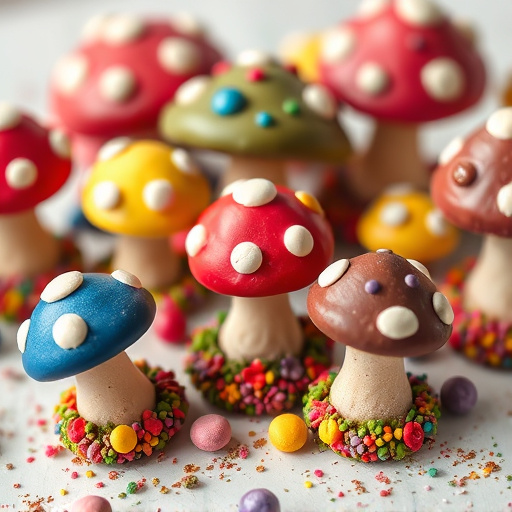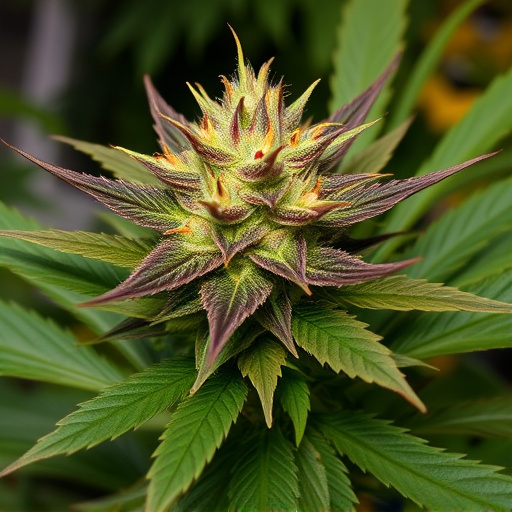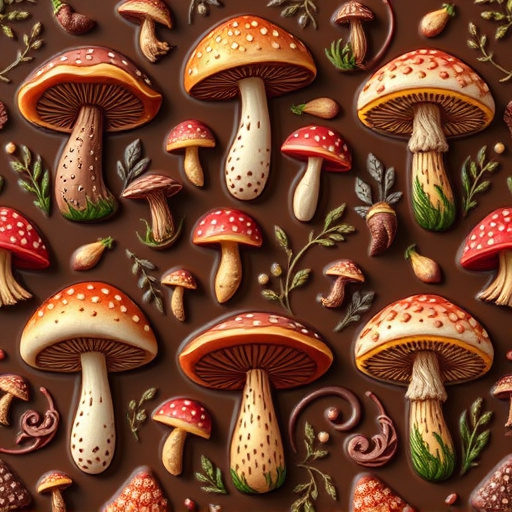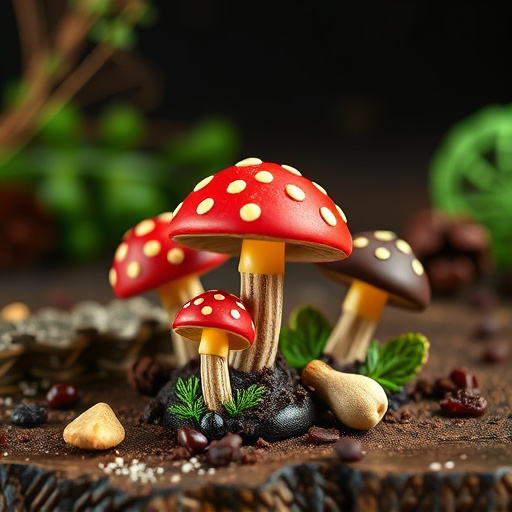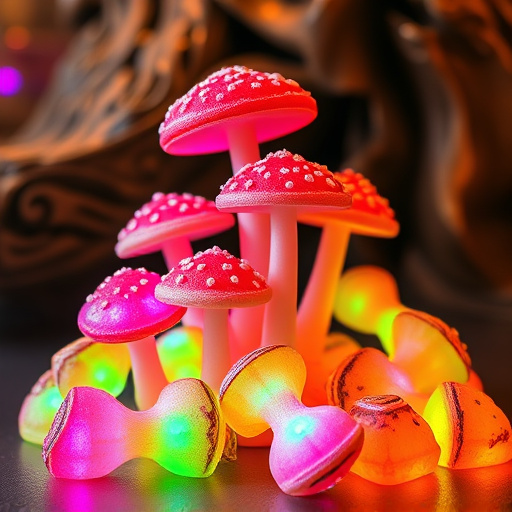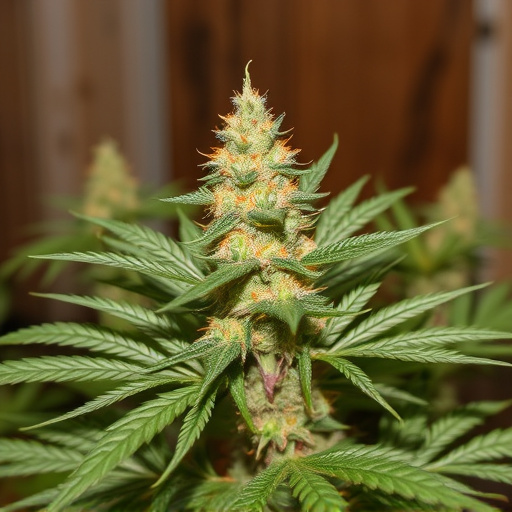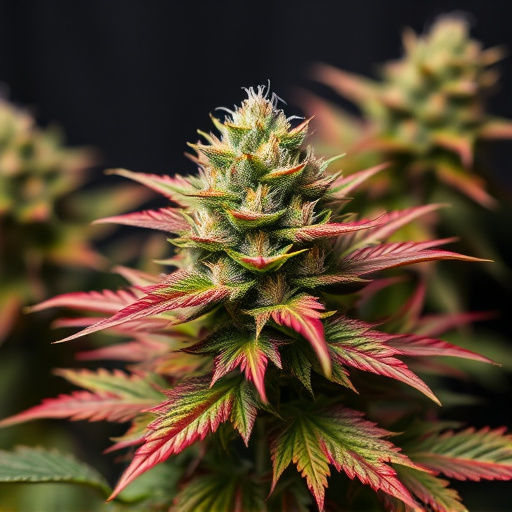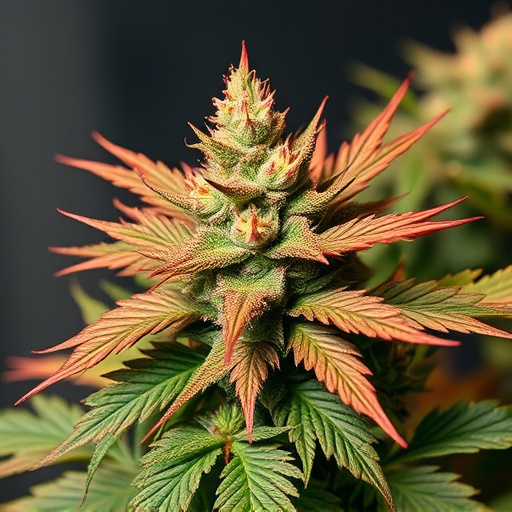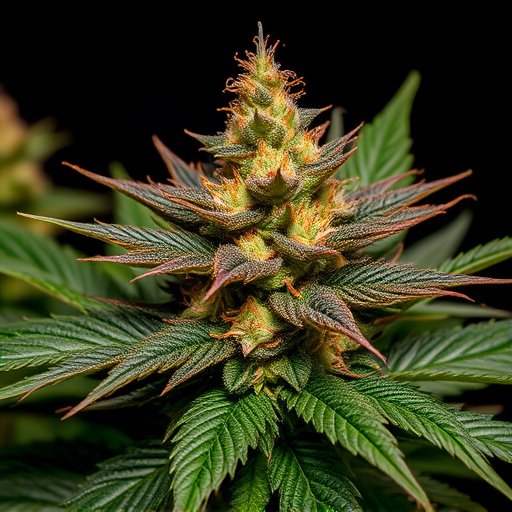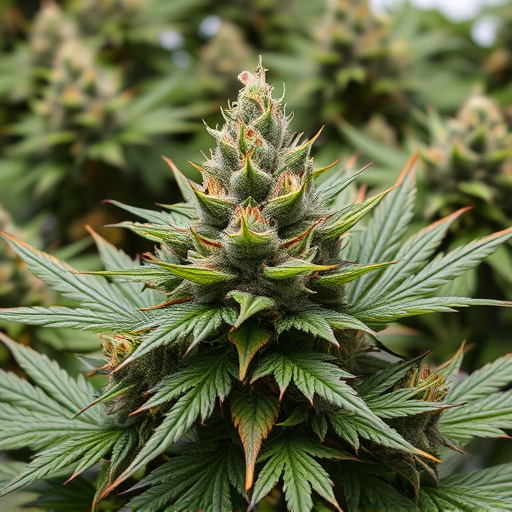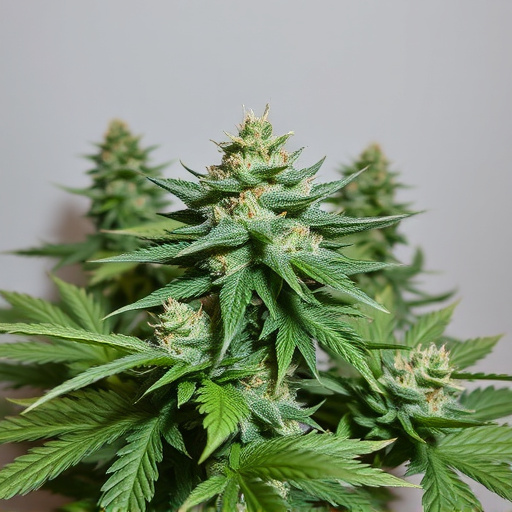Terpenes, natural compounds giving old school cannabis strains their unique aromas, significantly impact user experiences beyond just scent. These compounds interact with cannabinoids like THC and CBD, influencing potency and mood effects. Cannabis plants have evolved diverse terpene profiles over time, leading to the varied strains we see today, each with distinct therapeutic properties. Understanding terpenes allows users to customize their cannabis experience based on desired effects, such as relaxation or mental clarity, making old school strains a valuable resource for tailored wellness solutions.
Terpenes, often overlooked, are the unsung heroes of cannabis flower. These aromatic compounds not only contribute to the distinctive scents and flavors of old school cannabis strains but also play a pivotal role in plant evolution. In this article, we explore why terpenes matter, delving into their influence on cannabis varieties and how they enhance the overall experience. From the fields where old school strains originated to modern cultivation, understanding terpenes is key to unlocking the full potential of cannabis.
- Unlocking the Secrets of Terpenes: The Old School Cannabis Connection
- The Role of Terpenes in Plant Evolution and Cannabis Varieties
- Enhancing the Experience: How Terpenes Impact Cannabis Flower Aroma and Effects
Unlocking the Secrets of Terpenes: The Old School Cannabis Connection
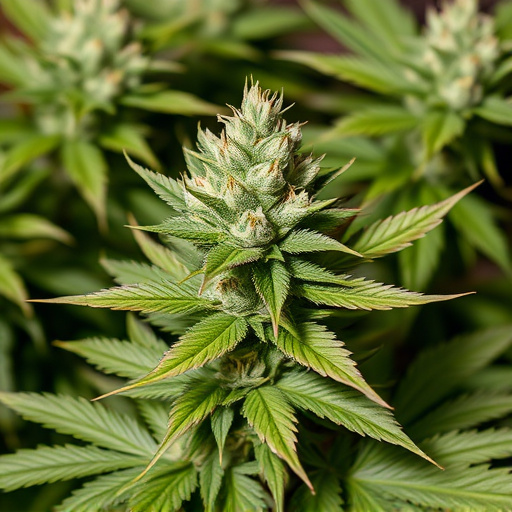
Terpenes have long been associated with the essence of old school cannabis strains, playing a pivotal role in shaping their unique aromas and effects. These aromatic compounds, naturally occurring in the cannabis plant, are not just responsible for the distinct smells we associate with different strains but also contribute significantly to the overall experience users have when consuming cannabis.
In the past, the focus on cannabis was often centered around the more well-known cannabinoid, THC, as the primary driver of its psychoactive effects. However, modern research is shedding light on terpenes’ significance, revealing their ability to enhance or even alter the potency and mood-altering properties of THC. The old school cannabis connection with terpenes goes beyond scent; it’s a key element in understanding why different strains evoke specific feelings and memories for long-time users.
The Role of Terpenes in Plant Evolution and Cannabis Varieties
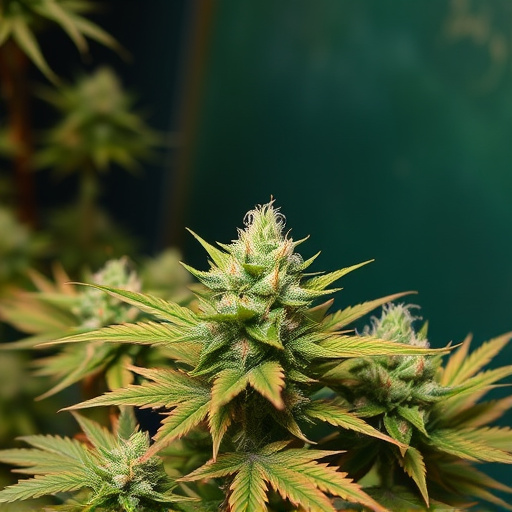
In the grand tapestry of plant evolution, terpenes have played a pivotal role in shaping the diversity and adaptability of many species, including cannabis. These aromatic compounds, which give plants their distinct scents and flavors, serve as communication tools for both attracting beneficial insects and repelling pests. Over millions of years, cannabis plants have evolved to produce various terpene profiles, contributing to the vast array of varieties we see today, from the iconic old school cannabis strains that have captivated cultivators for decades.
Each terpene offers unique properties that can influence the plant’s interaction with its environment and, consequently, its therapeutic potential. In cannabis, certain terpenes are renowned for their ability to enhance or alter the effects of cannabinoids like THC and CBD. For instance, myrcene, a common terpene in many old school strains, is known for its sedative and relaxing properties, often making it popular among users seeking a calming experience. Understanding the intricate relationship between terpenes and cannabinoids forms the basis for unlocking the full potential of cannabis varieties, both historically cherished and newly cultivated.
Enhancing the Experience: How Terpenes Impact Cannabis Flower Aroma and Effects
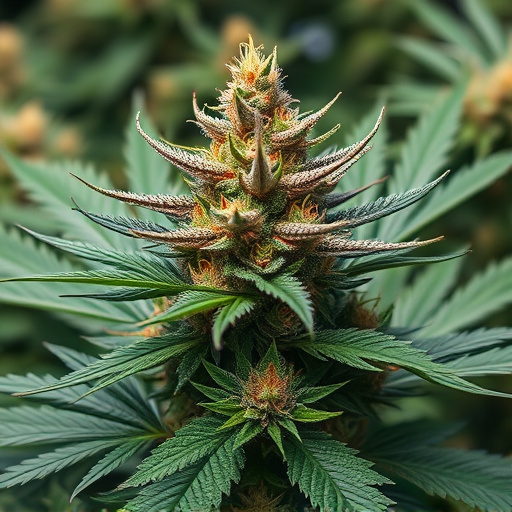
Terpenes, often referred to as the “aromas” of cannabis, play a pivotal role in enhancing the experience of old school cannabis strains. They are volatile organic compounds that contribute significantly to the unique scent and flavour profiles associated with different varieties. Beyond their olfactory appeal, terpenes also modulate the effects of cannabinoids like THC and CBD, creating a complex interplay that can influence how users perceive and interact with cannabis.
Each terpene offers distinct characteristics. For example, myrcene is known for its earthy, musky notes, often evoking a sense of relaxation and pain relief. Limonene, on the other hand, provides citrusy, uplifting aromas linked to mood enhancement and mental clarity. Pinene has a pine-like scent that can promote focus and cognitive function. This diverse range of terpenes in old school cannabis strains contributes to the overall experience, catering to users’ sensory preferences and desired effects, whether it’s unwinding after a long day or enhancing creativity.
Terpenes, the aromatic compounds that have been integral to old school cannabis strains for generations, play a pivotal role in both the evolution of plants and the diverse experiences offered by modern cannabis varieties. Their ability to enhance aroma and influence the effects of cannabis flower is well-documented, making them an essential consideration for cultivators and consumers alike. Understanding terpenes not only deepens our connection to this ancient plant but also allows us to fully appreciate and make the most of the cannabis experience.
